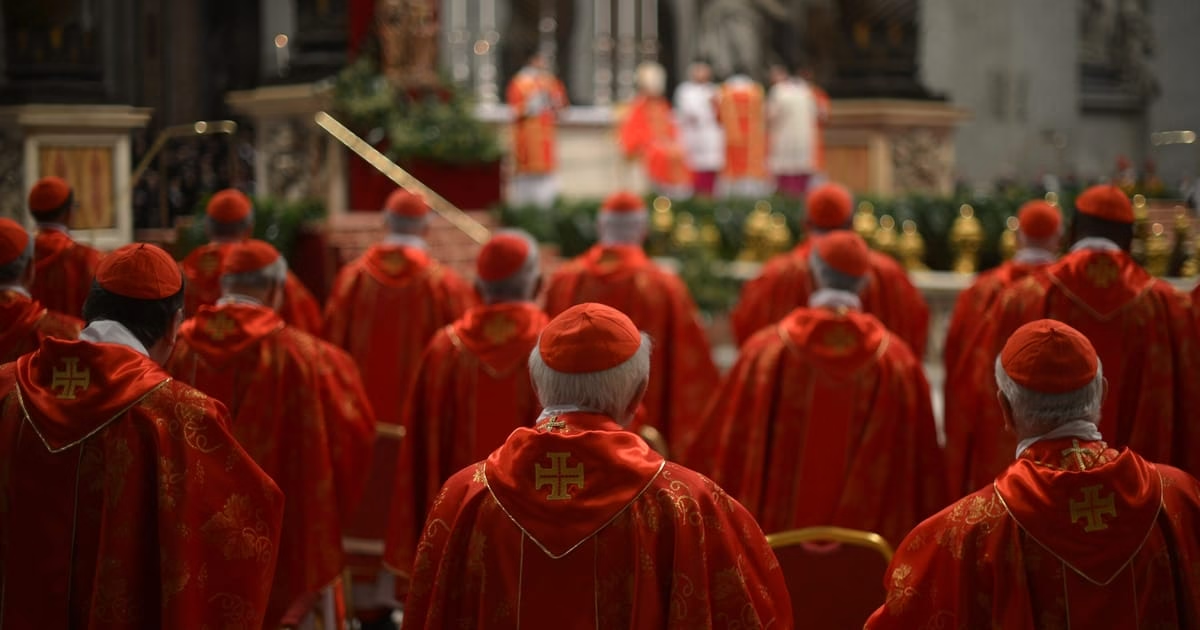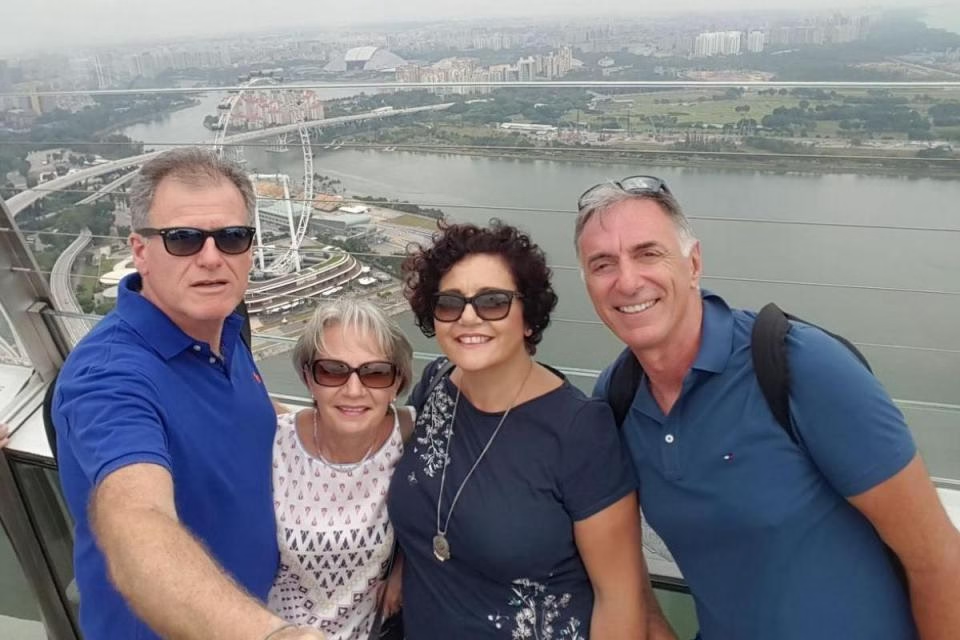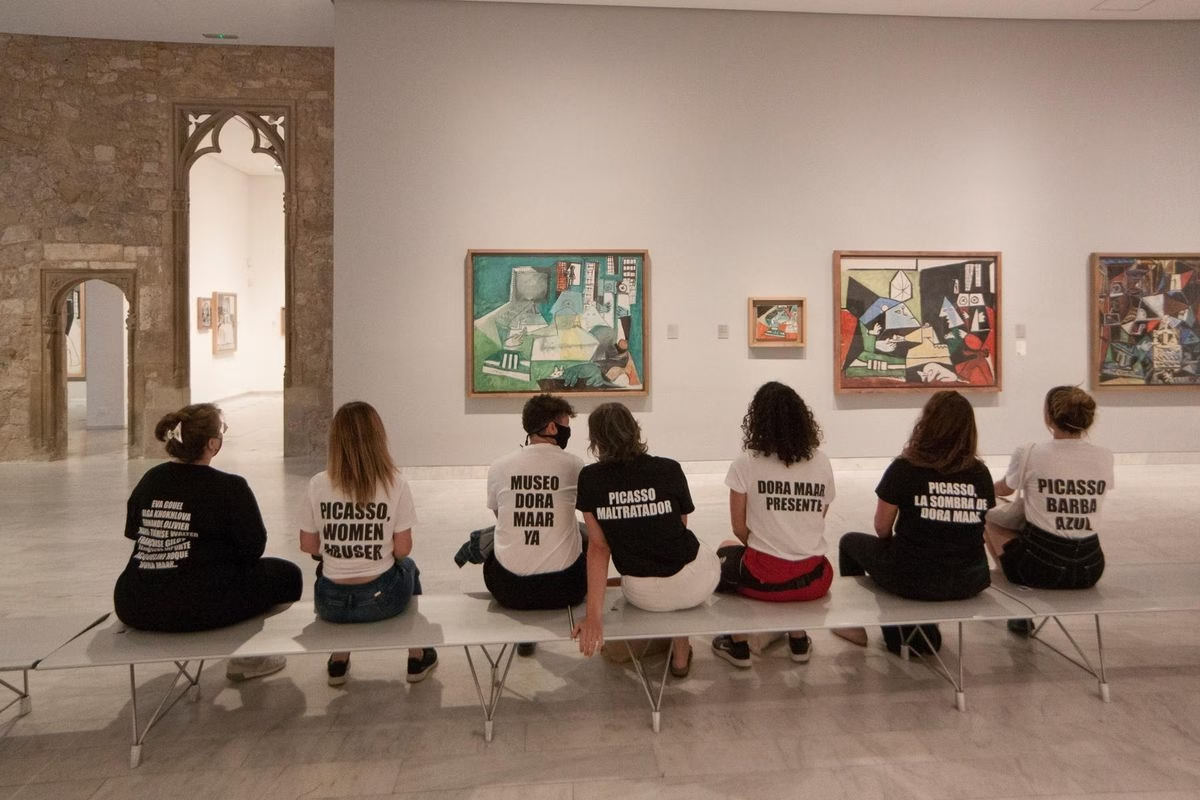When a Pope dies, a significant period of transition begins within the Catholic Church. The process, which is steeped in tradition and protocol, is designed to ensure continuity and stability within the Church. Upon the Pope’s death, the Chamberlain of the Holy Roman Church, also known as the Camerlengo, confirms the Pope’s passing and seals his private quarters. The Chamberlain then destroys the Pope’s ring and other symbols of papal authority to prevent their misuse during the transition period.
Following the Pope’s death, the College of Cardinals, a group of senior bishops who advise the Pope and govern the Church in his absence, convenes to oversee the election of a new Pope. This gathering, known as a conclave, typically takes place in the Sistine Chapel within the Vatican. During the conclave, the cardinals participate in a series of secret ballots, voting for the candidate they believe is most suitable to become the next Pope. To be elected, a candidate must receive a two-thirds majority.
The conclave is a solemn and prayerful occasion, during which the cardinals seek the guidance of the Holy Spirit as they make their decision. Once a new Pope is elected, he is asked to choose a papal name and is then formally inaugurated as the new leader of the Catholic Church. The new Pope then assumes the role of spiritual leader of the worldwide Catholic community, guiding the Church in its mission to spread the Gospel and serve humanity.
The period between the Pope’s death and the election of his successor is a time of reflection, prayer, and preparation for the College of Cardinals. It is a significant moment in the life of the Church, marking the end of one era and the beginning of another. As the cardinals gather to elect a new Pope, they are mindful of the immense responsibility they carry, seeking to choose a leader who will guide the Church with wisdom, compassion, and courage.








